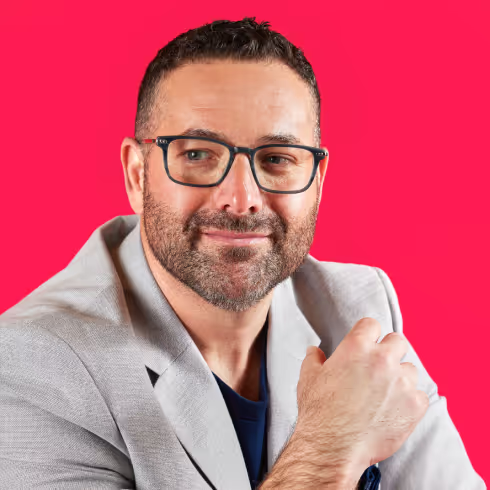From canvas to code - How generative creations transform how we make and own art


Algorithmic designs, physical prints, and digital rights, oh my! This week, Catalyst took a deep dive into The Harvest, an ambitious NFT series created by Generative Artist and Void Design Studio Co-Founder Per Kristian Stoveland.
Step aside, Picasso
Generative artists are trailblazing a brand new, technology-based future for what is perhaps humanity’s most ancient and noble occupation. Once a strictly physical process — paint on canvas commissioned in exchange for a bag of coins, or maybe a sculptor commissioned by royalty to chisel at marble for months on end — creating and selling art is a fully digital experience thanks to NFTs.
Per Kristian blended a bit of the old world with the new and, voila!, The Harvest was born. This generative art series offers both an NFT version as well as a single, signed, physical printed copy of each piece, giving art buyers the unique opportunity to sell their digital copy while retaining the original, one-of-a-kind physical copy.
How is this different from AI? Did a robot make this art?
Yes, both disciplines involve algorithms – and Per Kristian understands why many lump generative art and AI art together, but they’re totally different. AI artists develop prompts for Artificial Intelligence, while generative artists are only able to create an output based on the parameters they define in the algorithm they’ve written.

Born from a beam of inspiration — literally
The Harvest, a series of 400 images (one original, 399 generative pieces) came to life when Per experimented with a landscape algorithm featuring a single beam of light. The imagery generated from there is sometimes sharp, sometimes hilly, sometimes very mountainous. Some say it looks like earth; others say it’s some Martian territory. It took Per around 20-30 minutes to generate all 399 derivative pieces – about half as long as it takes Taylor Swift to sell out a stadium show.

Consider this the Agatha Christie of art auctions
Because the visual output of the generative algorithm is random, buyers don’t know what their piece will look like before they buy it. Check out the entire story behind The Harvest and learn how it’s giving digital art collectors an element of exclusivity on what is otherwise a highly democratized platform.
Also in this episode, Clinton and Per Kristian discuss how the work becomes an NFT, the digital marketplace the artwork is traded on, and why the blockchain is at the center of it all.
Finally, don’t forget to subscribe to Catalyst wherever you get your podcasts! We drop a new episode every Tuesday, and each one is jam-packed with catalysts for digital experiences that move millions.




